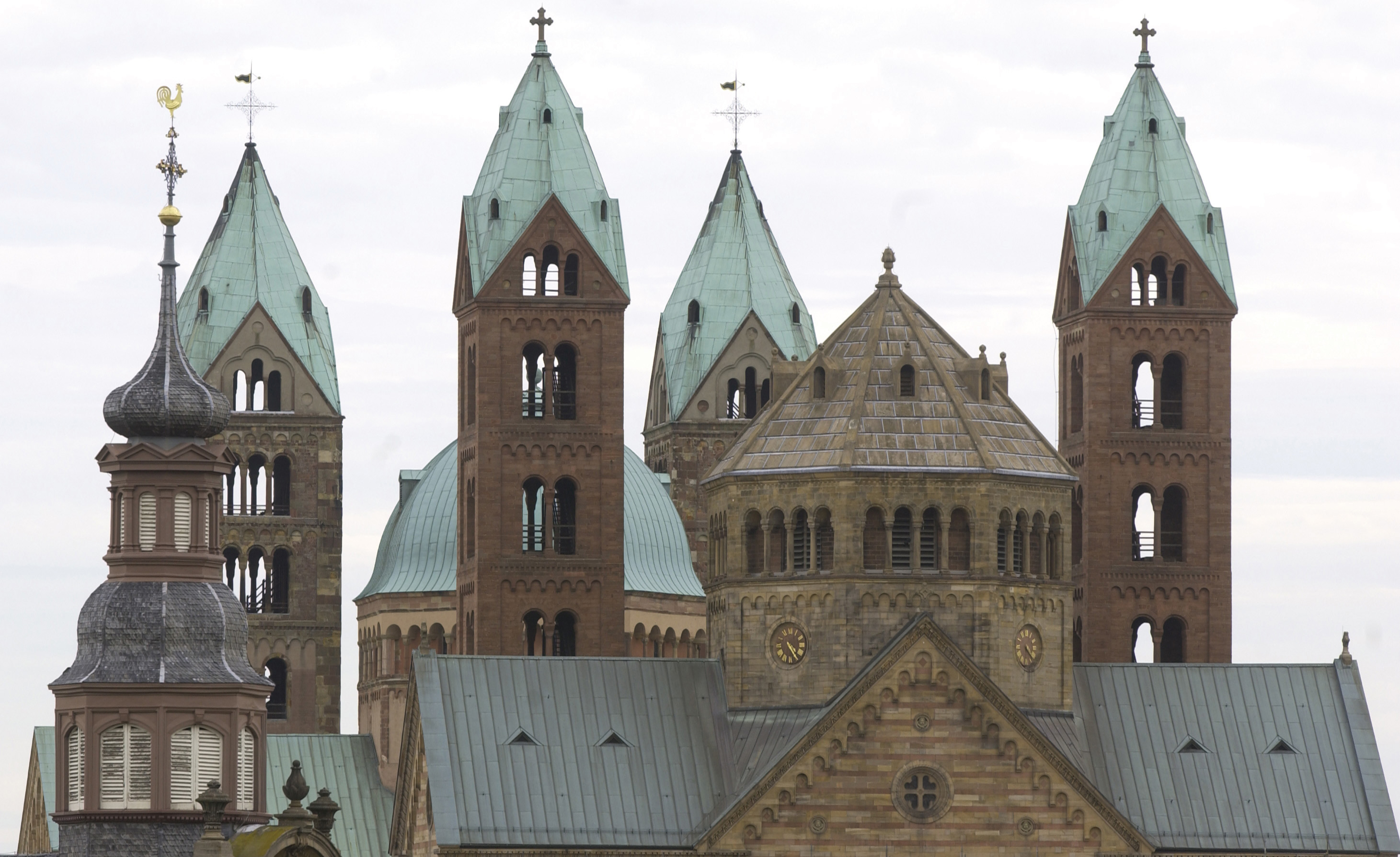The Speyer Cathedral
After the destruction in 1689 during the Palatine war of succession and the cathedral’s reconstruction in the 18th century, the Bavarian King Ludwig I allowed the interior to be painted in the late Nazarene style. In the 1950s, restorers removed the painting of the 19th century with the exception of the Maria cycle by Johann Schraudolph. In 1981, UNESCO accepted the cathedral as the second German landmark in its list of “World Heritage Sites”. The Imperial Cathedral (St. Maria and St. Stephan) is the cathedral of the bishopric of Speyer. |







